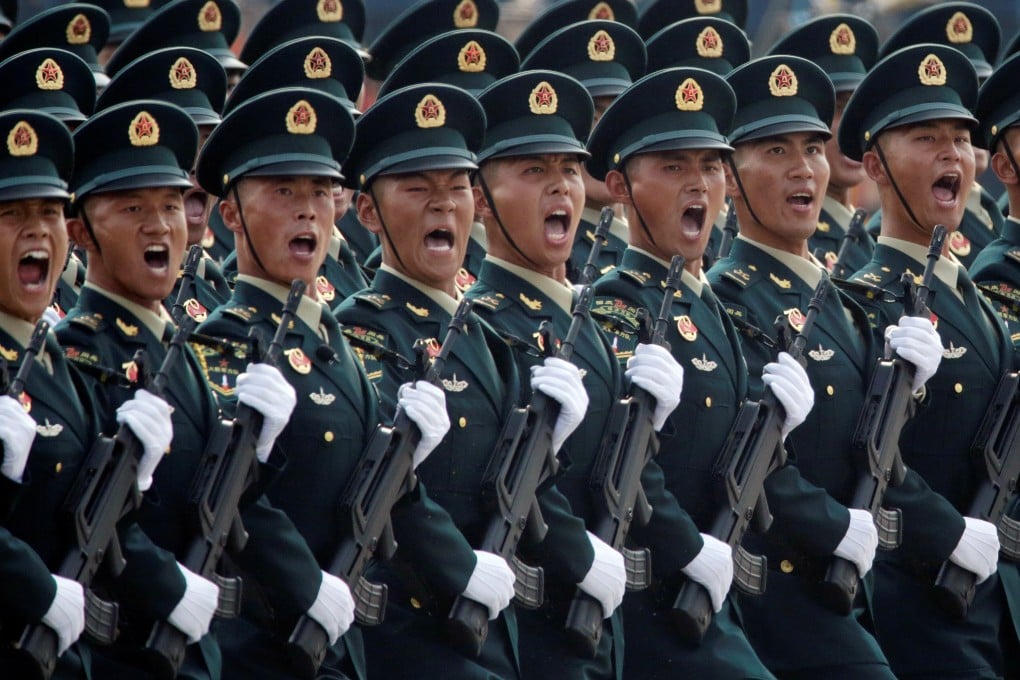US marines chief calls China ‘the pacing threat for the next decade’
- General David Berger meanwhile downgrades Russia threat, putting it alongside Iran, North Korea and extremist groups
- It follows remarks last month that to compete with China and Russia, US military needs ‘a new framework for assessing readiness’

“China will remain the pacing threat for the next decade,” General David Berger wrote in a memo to Secretary of Defence Lloyd Austin, military website Breaking Defense reported.
Berger’s remarks came after he wrote in a joint opinion piece with Air Force Chief of Staff General Charles Brown last month that the US needed a new framework to take on China and Russia.
“To compete with the People’s Republic of China and Russia, and successfully address other emergent challenges, the US military requires a new framework for assessing readiness,” they wrote in The Washington Post.
“It should focus less on near-term availability and more on future capability and warfighting advantage over peer adversaries.”
To achieve this goal, they proposed the US accelerate investment in advanced capabilities including “hypersonic weapons, AI-enabled remotely piloted aircraft, long-range penetrating strike”.